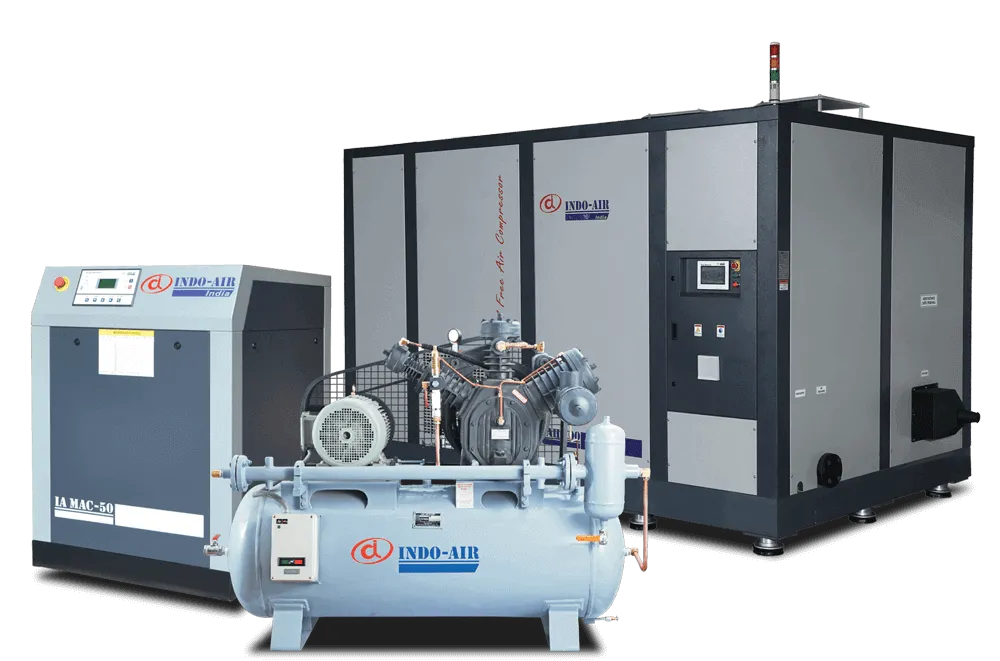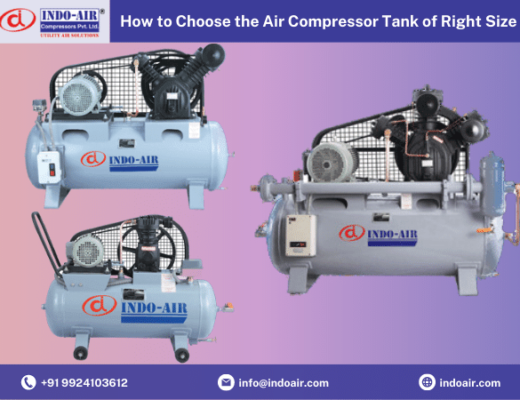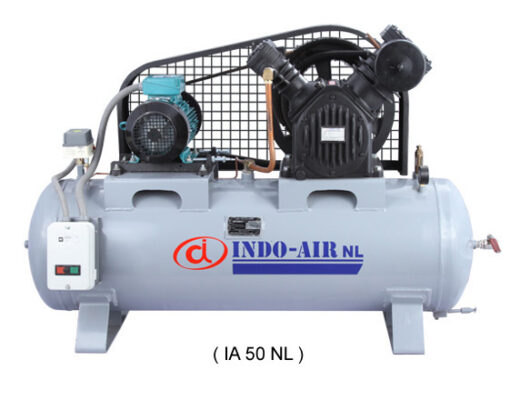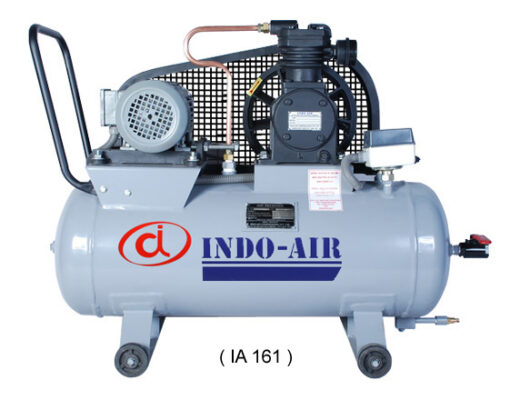Air compressors come in a variety of types and sizes. While there are so many great options, finding the right one for you can be tricky. The air compressor manufacturers in Ahmedabad can offer you compressors according to the CFM required for your job.
So, finding the right compressors first requires you to determine the CFM requirements of your organization. Let’s share some tips that will make your hunt for the right compressor easy.
Don’t go for the largest one
Whenever customers are told that they need to calculate the CFM requirements of their air tools to get the right compressor match, the first thought that strikes is buying the largest one. Since we all expect that our requirements might grow with time, buying the biggest available one seems like a fair deal.
But, bigger is not always better and there are reasons for that. First of all, the biggest looking might offer lower output and leave your space congested. Even if the CFM rating is higher, investing out of requirement can lead to energy wastage and can not be considered a wise move.
Determine the CFM Requirements
Advanced technologies have made it easier to get greater outputs in smaller packages. The amount of air released per cubic feet matter is what will determine how well it can operate your tools. Depending on the type of tools you own, you might need to pick tools with lower or higher CFM. Higher CFM compressors might attract you because of the fact that you might be able to operate nearly everything, but you should remember that they come with maintenance of that level too.
However, buying a compressor with lower CFM just to save money can also be troublesome. Find the average CFM requirements and buy a compressor that covers it well. Here are a few factors to consider.
1. List down all the tools
Prepare a list of all the tools you will be using once you get the compressor. If you are planning to buy more air powered tools, add them too. Having a clear list of all the tools that will use the compressed air will make it easy to handle the requirements well.
2. Determine duty cycle
Check the rating provided by the tools manufacturer. Sometimes, the CFM rating is provided for 100% duty cycle and sometimes it’s not. Depending on how frequently you pause or how long you use the tool, the requirements might fluctuate.
3. Calculate the total CFM requirements
List down all the tools with CFM requirements and pick the one with highest requirements. Now start adding other CFM requirements if there are multiple tools. You can adjust a little if there are too many tools, but if there are few it will be wise to add them all. If the CFM difference between two tools is extremely large, the highest one might fit your needs with a few extra numbers.
Stabilize your needs with a receiver tank
Different levels of CFM requirements and frequent pauses can lead to wastage of energy and air. Having a receiver tank will not help save energy, but it will also stabilize your requirements. Having stored air will make it easy to operate conveniently without having to worry about compressor output. However, it is not always necessary to have a receiver tank especially when you have a rotary screw compressor with 100% duty cycle capability.
If it still seems like a complicated puzzle, a one on one discussion might save you a lot of trouble. Click here and book your compressor consultation call with experts.




